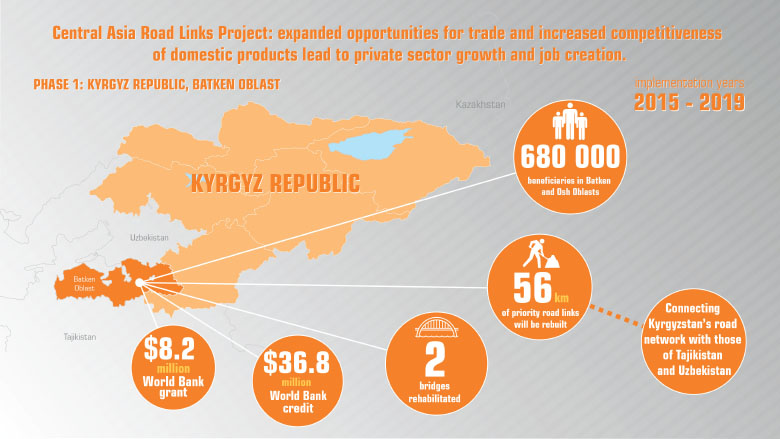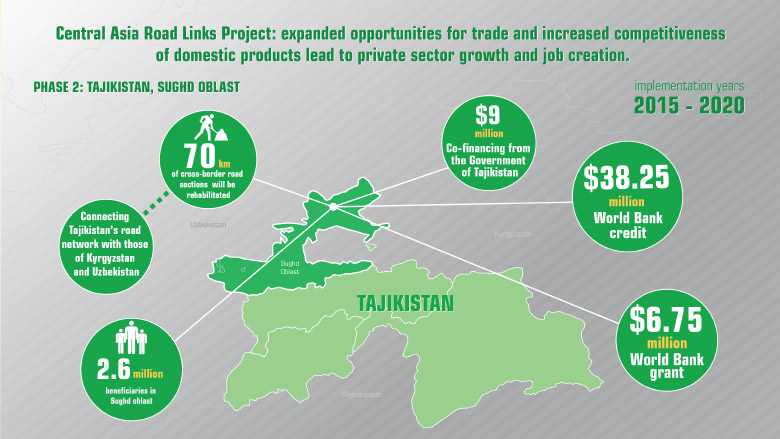Central Asia Regional Links (CARs) is a collaborative multi-phase program initiated by the governments of Central Asian countries, with World Bank support. The program is helping to rebuild a regional network that links population centers and economic hubs across borders in the highly populated Ferghana valley.

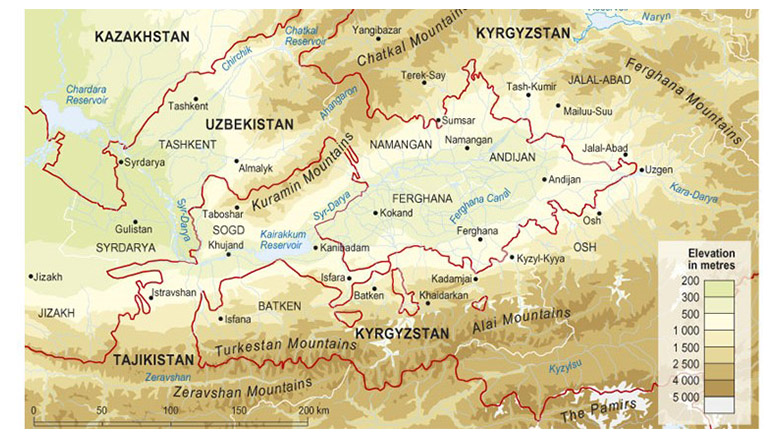
The Ferghana valley, divided among three republics of the former Soviet Union – Kyrgyzstan, Tajikistan and Uzbekistan, is home to over 10 million people.
Rebuilding cross-border priority road links between neighboring countries
Phase 1 of the CARs program started in the Kyrgyz Republic, and Phase 2 started in Tajikistan. These are the poorest countries in Central Asia, with a GDP per capita of US$1,160 and US$812 (2017 data), respectively. Once completed, the two phases of the CARs program will have helped rebuild road networks linking the Kyrgyz Republic, Tajikistan and Uzbekistan.

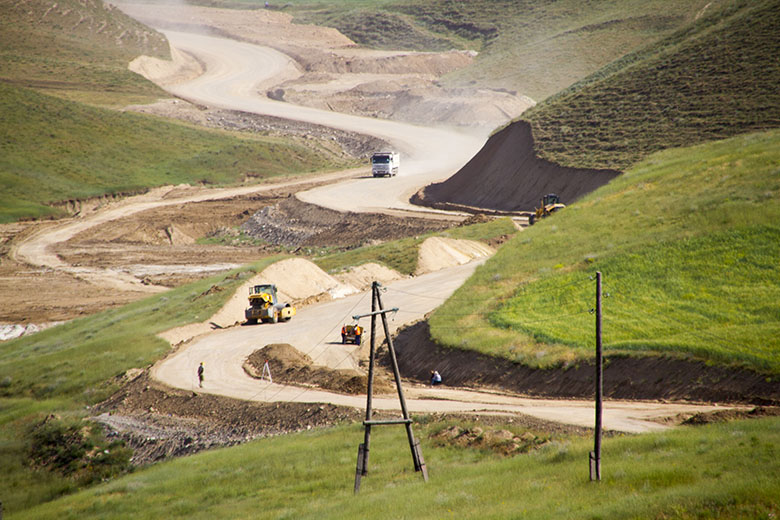
Road transport is sometimes the only option, given the alpine topography of the region. It is also favored for moving textiles, clothing and other consumer goods, as well as time-sensitive items such as fruits and vegetables. Passenger transport in the region is almost exclusively provided by cars and buses.
With support from the program, over 56 kilometers of roads in the Kyrgyz Republic and 70 kilometers in Tajikistan will be rehabilitated by 2020.

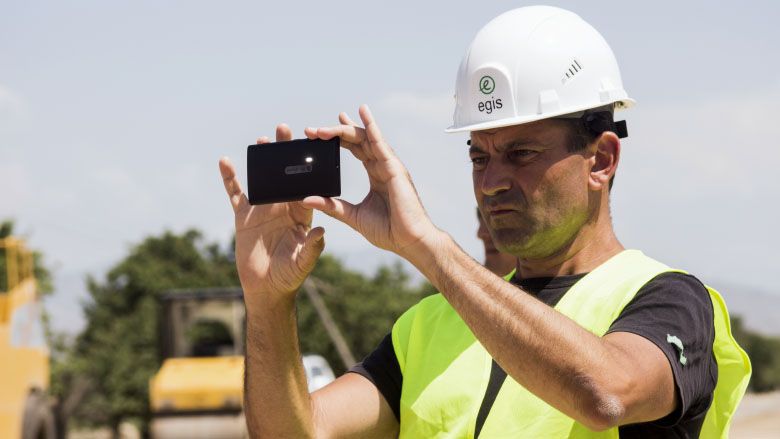
Mitko Cholakov, Road Engineer in the Kyrgyz Republic: “Alpine topography and uneven soil complicate construction works. But the quality of the road will be high. We are using polymer-modified bitumen in order to increase the lifetime of this road.”

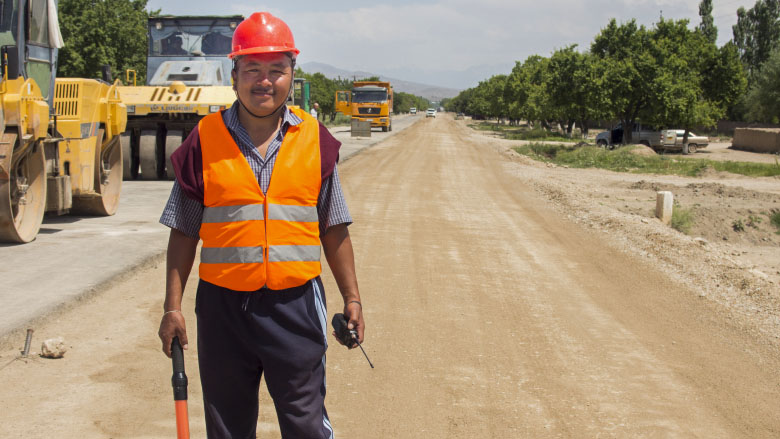
The CARs program will have important social and economic impacts in Central Asia.
These highways will be essential links, connecting people to jobs, creating new opportunities for business owners, and supporting the overall economic growth of the region.

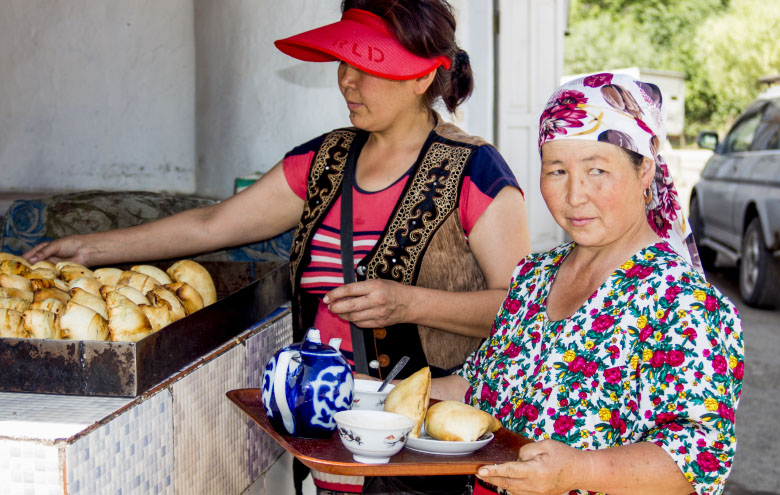
The Dadabaev family owns a small road café near the Kyrgyz-Tajik border. “There will be many tourists, if the road is good,” says Ms. Dadabaev.

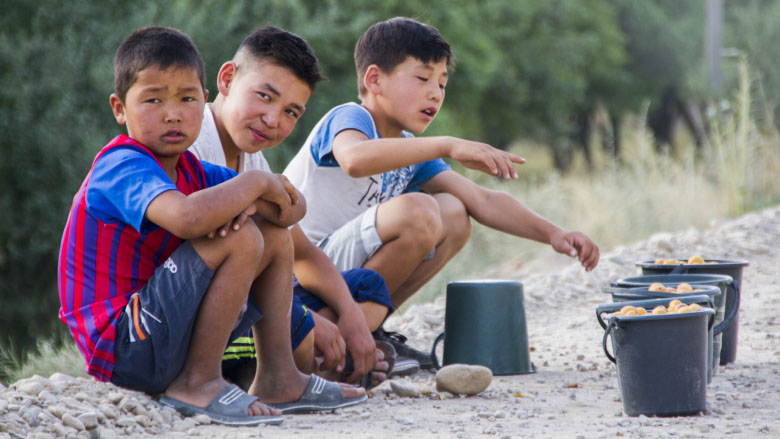
Apricots from Batken Oblast, Kyrgyzstan, are delicious. During summer holidays, school kids make pocket money by selling apricots to passing truck drivers.

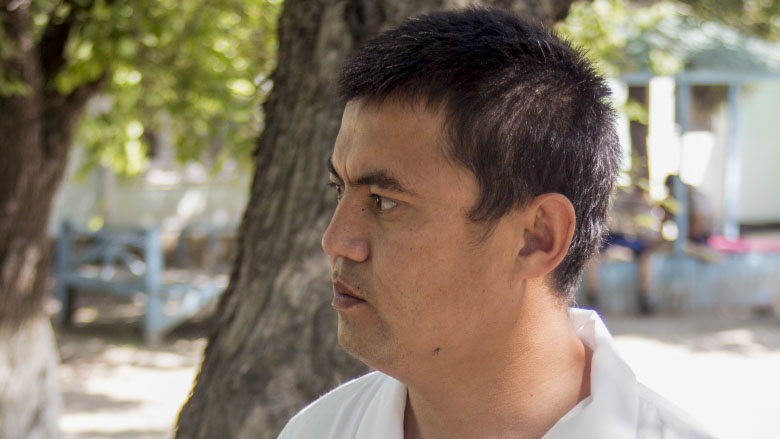
New roads will also help to improve the health of people leaving in the area. Doctor Mirbek Kasymov, Department Head of the TB Combat Center, Batken Oblast, Kyrgyz Republic says, “Having no roads mean a lot of dust, and hence there are many instances of young children suffering from bronchial asthma.” Dr. Kasymov hopes for improvements in the health of the local population after the road is built.

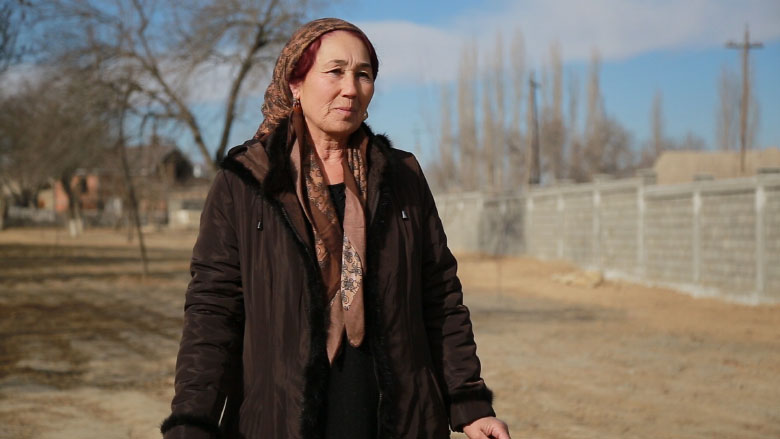
Nazirakhon Umatova, Director of Kindergarten 16, Isfara, Tajikistan, is very pleased to have the new road, which has made it much easier and faster for children to go to school: “The old roads were narrow, uneven, with potholes. Both drivers and pedestrians had difficulties navigating them.”

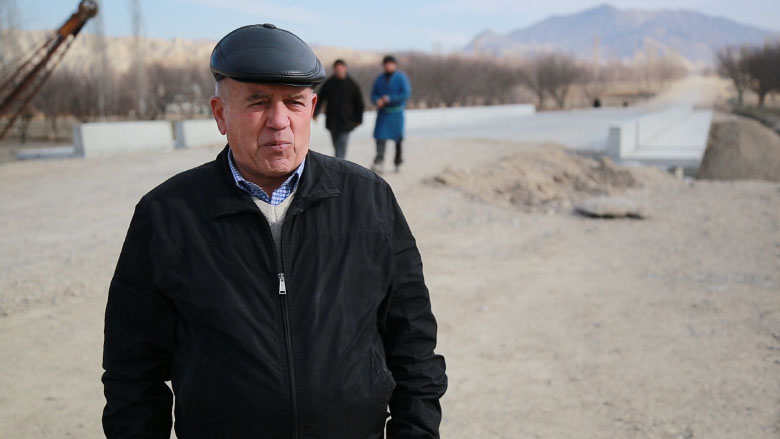
Yokubjon Mamajonov, Head of the Kalachai Mazor community (Isfara, Tajikistan) says, “Thanks to the project, we will have a flood protection system, so we are already feeling so much safer.”

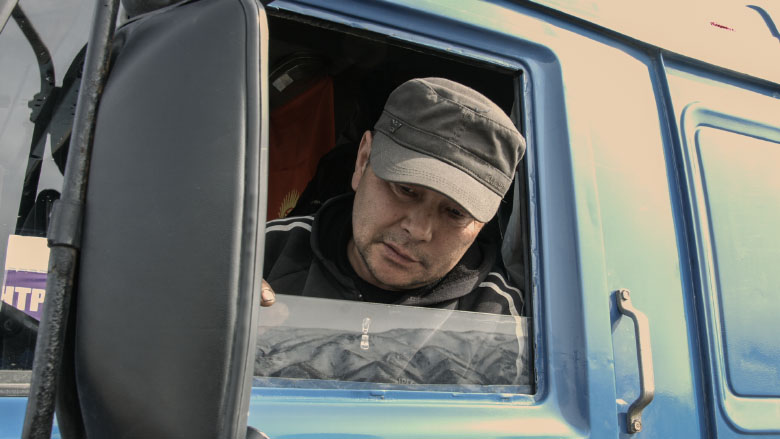
The CARs program also supports improvements in road operations and maintenance practices, including axle load control. Weigh-in-motion system pilots and the development of axle load control strategies in both countries aim to address overloading, prevent damage to roads, and ensure road preservation. Asangodjaev, a Kyrgyz truck driver, appreciates the modern technology: “It’s good that the scale is automatic. We pass very quickly, without delay, in less than five minutes.”

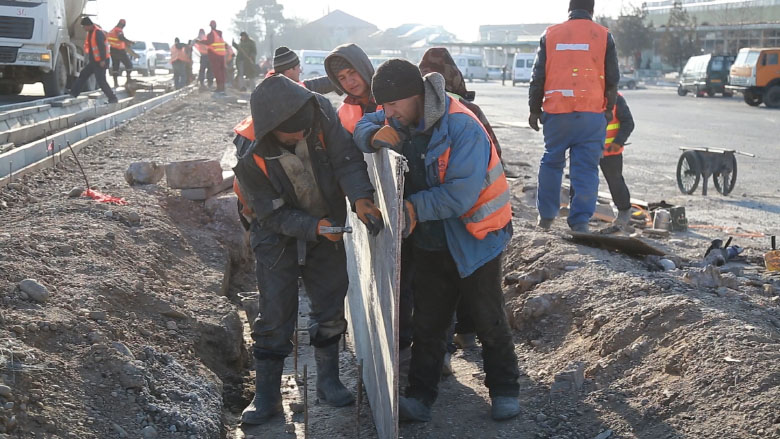
The CARs program transcends national boundaries and calls for harmonization of investments, knowledge sharing and compatible policies towards better practices. CARs is part of the Central Asia Regional Economic Cooperation (CAREC) Program and is parallel-financed with other development partners.

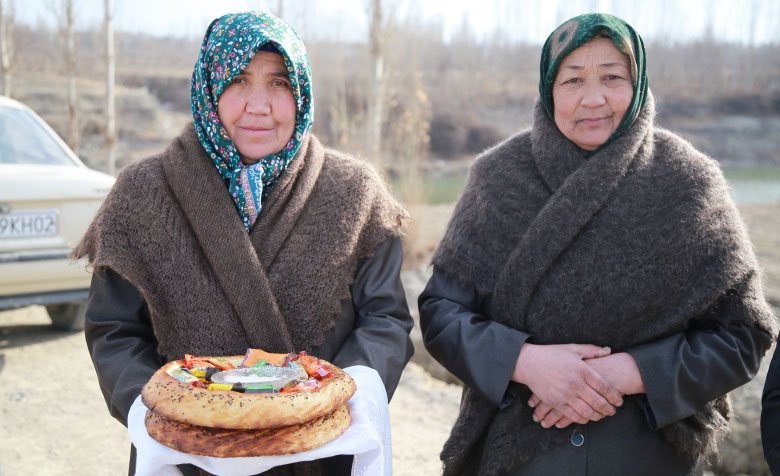
Rebuilding the connections between population centers and economic hubs across borders is expected to facilitate the flow of goods, people and ideas, thereby contributing to the growth and transformation of the Ferghana valley. More than 10 million residents of Ferghana Valley and more than 3 million people in other areas of the Kyrgyz Republic and Tajikistan will benefit from improved connectivity and better market access across borders.
